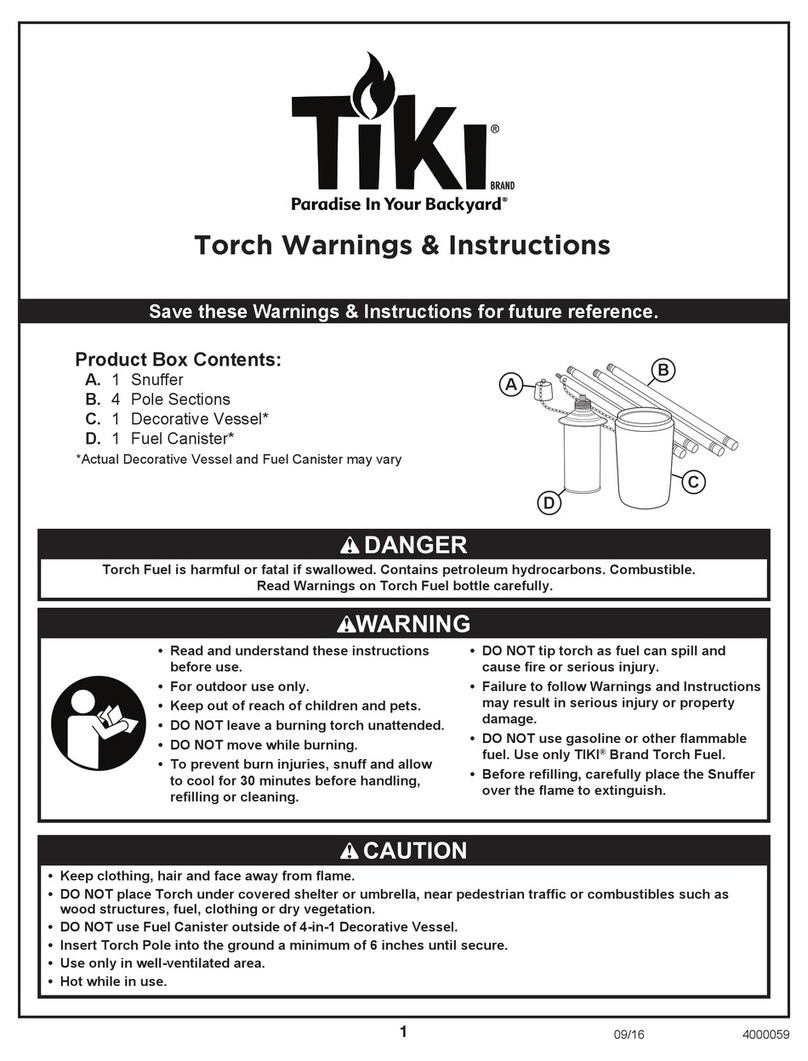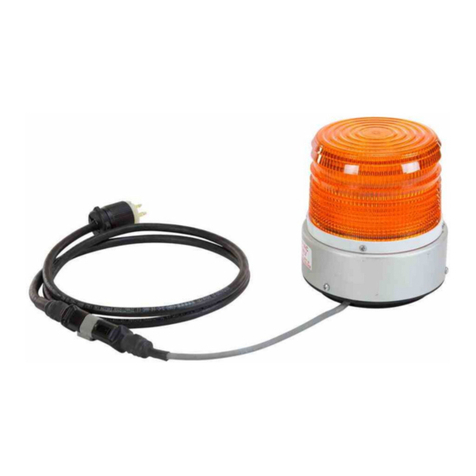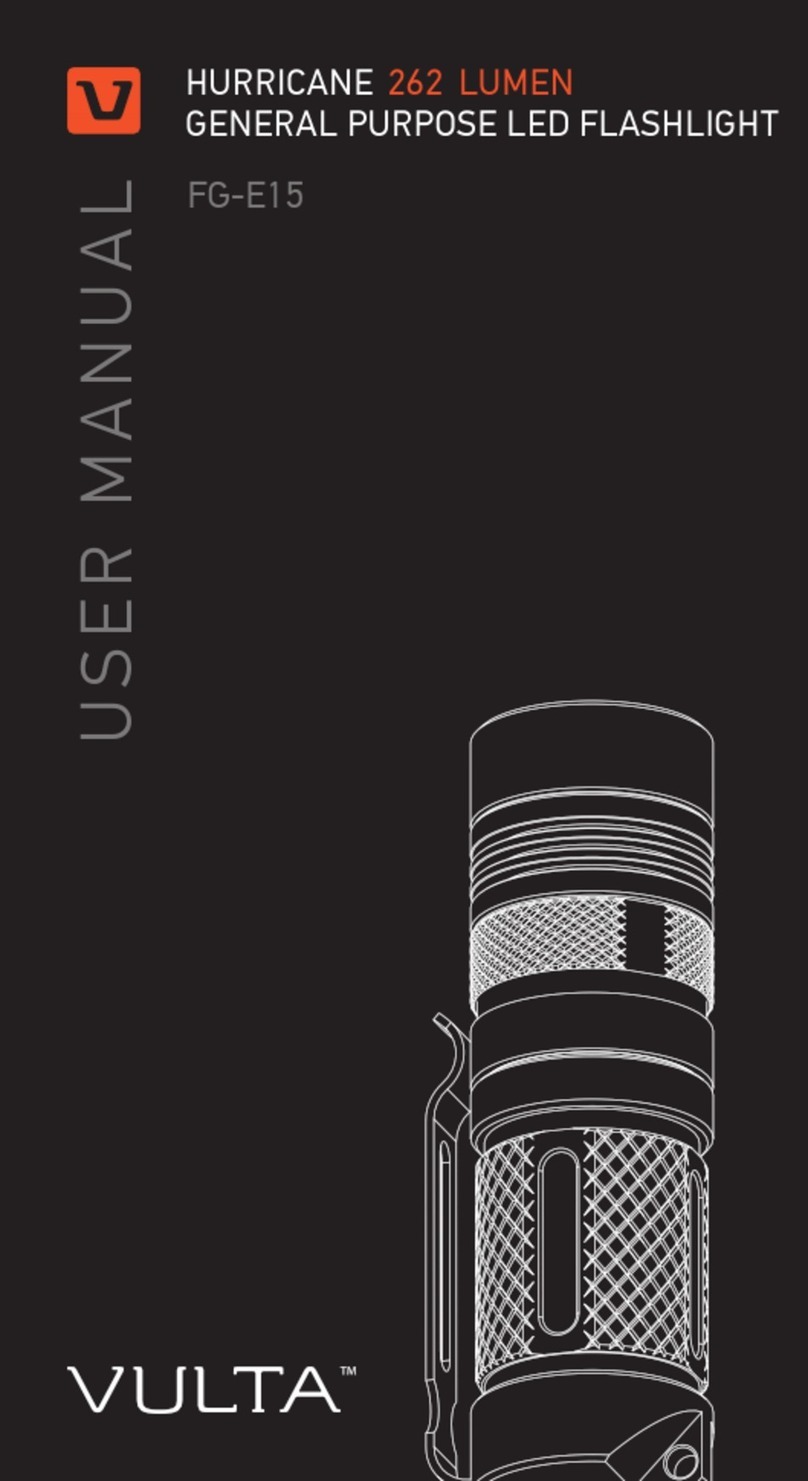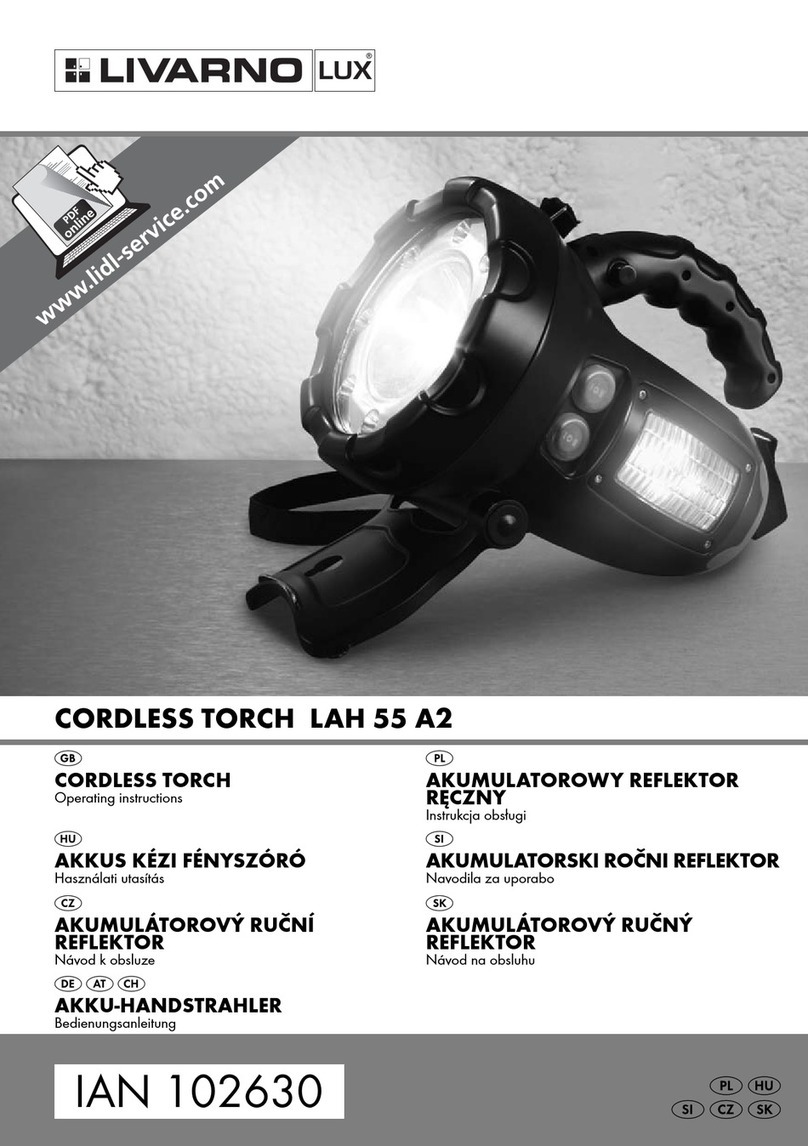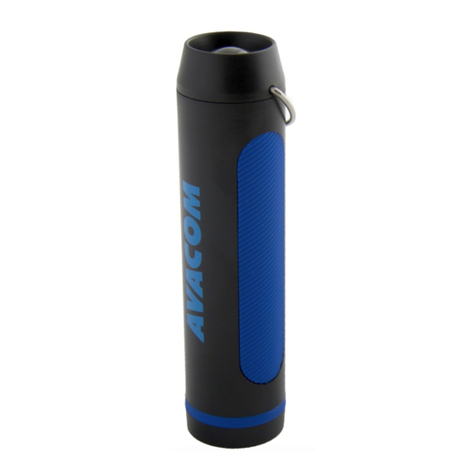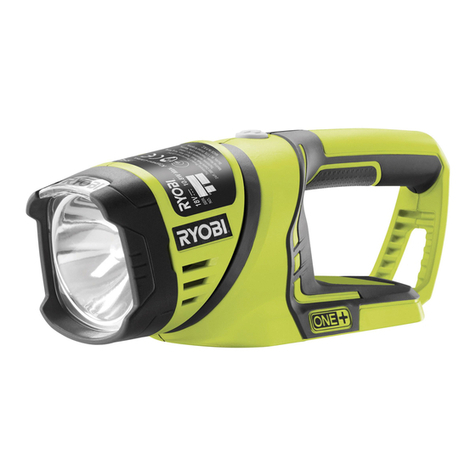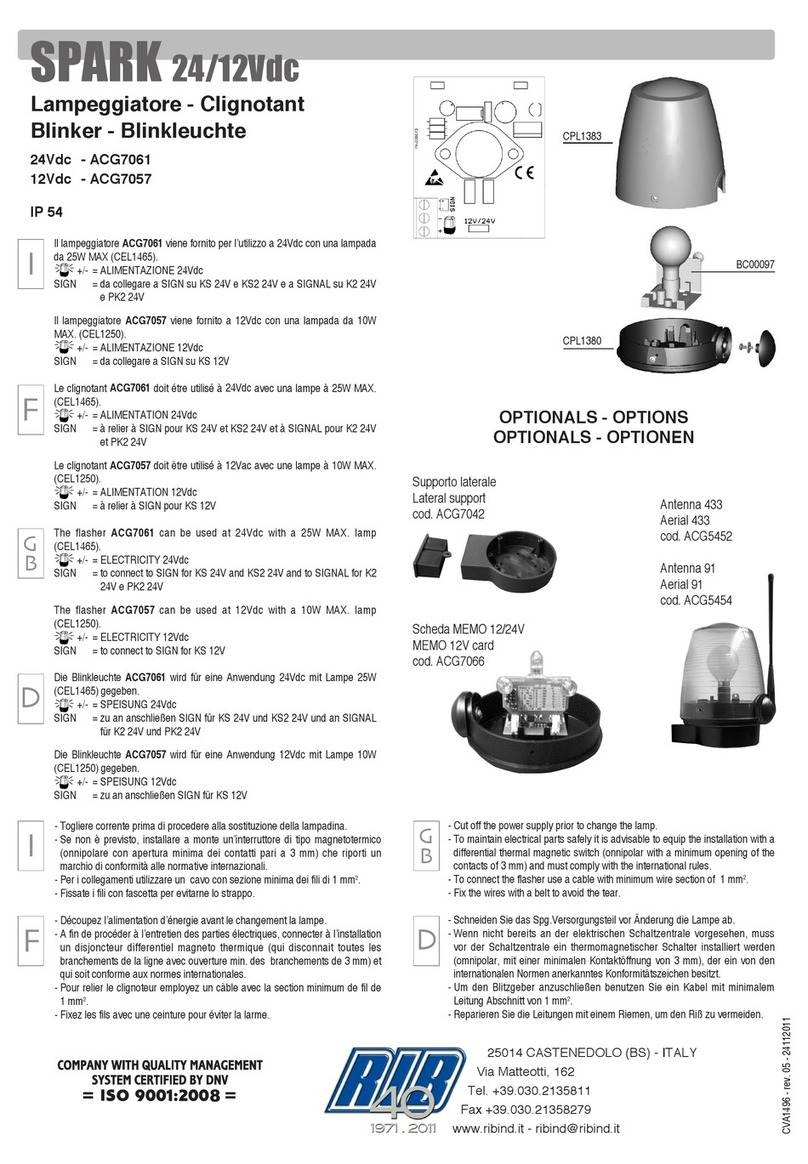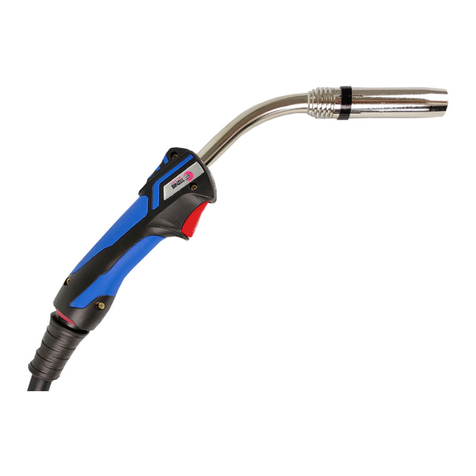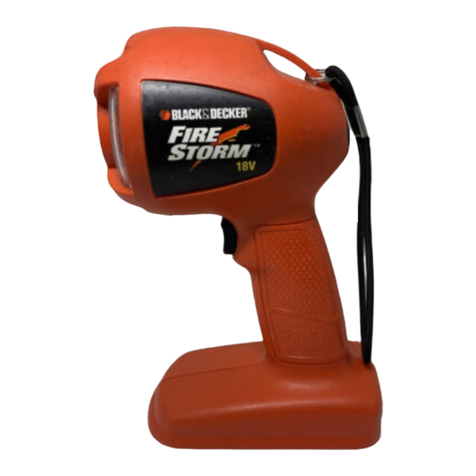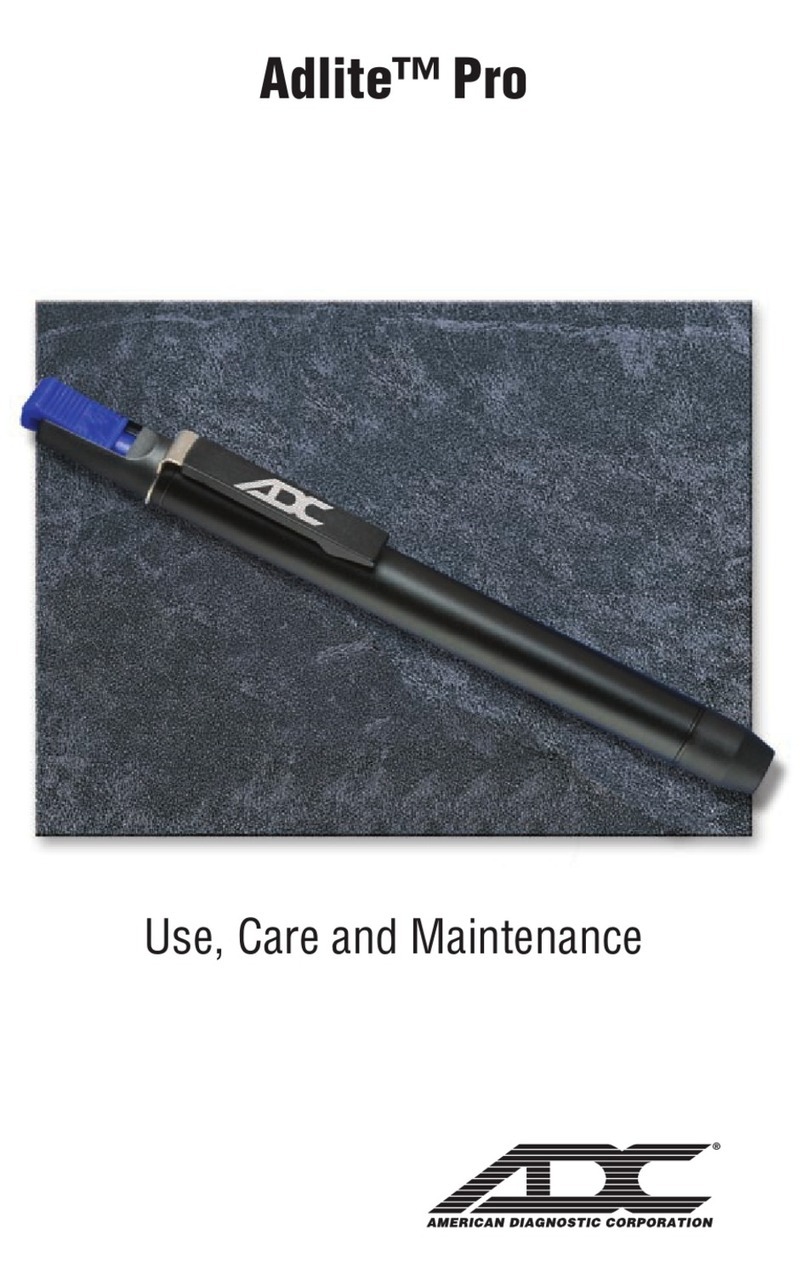
English
IIPERATIlIN
POWERSOURCES:
(Optional)
(10)
Your Sunpak Auto 455 Pro-Systemmay be usedwith six
different power sources. Each power source has specific
advantages;
select
the power source
for your photographic
needs.
1. Six
alkalineAA batteries
(1OA)
2. Six rechargeablenickel-cadmium
AA batteries
(108)
3. Rechargeable,nickel-cadmium
BatteryclusterCL-2 (10C1
4. The
Sunpak
Multi-Voltage
AC Adapter
(10D)
5. The
Sunpak
Powerpak
for 510V Battery
(10E)
6. The
Sunpak
510
V rechargeable
battery
pak
NC510
(10F)
TO INSTALL
BATTERIES:
1. Open the battery door asillustratedand remove
battery
holder.
(9)
2. Installbatteries
as illustrated
in the holder. Be sure
to
observecorrect polarity or you may cause
damageto
you
r Auto 455. [1
1
]
3. Replace
Battery
Holder
in your Auto 455. Extra
Battery
Holders
may be purchased
for time when rapidreplace-
ment
of batteriesls
necessary.
(12)
Note: The Battery Holder
has
been
designed
to fit your
Auto 455 soasto assure
proper
use,Do not force
since
it
will
f
it in
only
the
properposition.
Al kaline or Nickel-Cadmium Batteries?
The major
advantage
of alkaline
batteries
isthat
they provide
more flashes
per set. While nickel-cadmiumbatteries
wilr
provide
fewer
flashes
per
set,
theywill recycle
your Auto 455
sl
ightly fasterand can be rechargedhundreds
of times for
more
economical
operationoverthelongrun.
Using Multi-Voltage AC Adapter AD-26
or Sunpak Powerpak for 510 V Battery
1. For AC operation, be sure to check that the voltage
selector
on your Multi-Voltage
AC adapter
is set
to the
appropriatevoltage.
Your AC Adapter has
been
factory
set
for 120
V, the U.S.
standard.
For usein other
coun.
tries where 100V, 22OV and 24O
V are standard,
you
may adjust
the setting
as illustrated.
Remove
the small
Phillips
head
screw
locatednext to voltage
window and
rotate the selector
switch with a screw
driver to the
proper
voltage
setting.
After the voltage
setting
has
been
made,
the screw
must be reinstalled
to prevent
accidental
movement
of theselector
switch.
(13)
2. Pluginto the AC/High Voltage
socket
on the flash
and
into standard
wall outlet as
illustrated.
The AC Adapter
supplies
virtuallyunlimited
flashes
and is
ideal
for indoor
use.
(14)
Note: lf the Multi-Voltage
AC Adapterisincorrectly
set,
the adapterwill not function properly
andmay damage
your
Auto
455.
3. When you use
the optional accessorySunpak
Powerpak
for 510V Battery, refer to the instructions
supplied
with that unit. Plug into the Auto 455 in the same
manner
as
you would
with the
Multi-Voltage
AC Adapter.
The Sunpak
Powerpak
for 510
V Battery
allowsextreme-
ly rapid
recycle
timesand the greatest
numberof flashes
from any
portable
power
source.
(15)
MOUNTING
FLASH
ON
CAMERA:
Your flash
unit has
a quick-release
mounting
clamp
attached
to the f
lash grip (handle). This clamp accepts
a snap-in
bracket; your camera is securedto the bracket. As the
bracket may be removed from the clamp with a one-touch
action, set-upand disassemblyof your equipment
is quick
and
positive.
1. Turn Locking
Buttonon clamp
counterclockwise.
(16)
2. Press
LockingButton f
irmly inward,and
hold in place.
(17)
3. Slide
silver
end
of bracketinto
center
of clamp.
(18)
4
4. Release Locking Button. The bracket is now attached to
the clamp. For ultimate security,
you should tighten the
locking screw
by turning it fully clockwise.
(19)
5. Press the Camera Retaining Screw through opening at
end slot on bracket, and turn screw clockwise firmly
until threaded portion of screw passes above bracket
slot. Center the camera retaining screw under your
camera's tripod socket, and tighten securely.
(20)
6. Connect the PC cord to the flash sync outlet (on the side
of the flash)
and camera's flash outlet asshown. (21)
* lf the camera has separate flash terminals marked "M"
and "X", attach
the Sunpak cord to the "X" terminal.
* lf the camera has a switch (usuallV around the lens
barrel marked "M" and "X" set the switch to the "X"
posit
ion.
7. Set shutter speed
to the fastest
speed
usable
for electronic
flash with your camera, provided that speed does not
exceed 1/450th second. On single-lens reflex cameras
with focal-plane shutters, this speed is usually 1/60th
or 1l125th; cameras with in-the-lens shutters usually
allow synchronization at speeds up to the maximum
of 1/45Oth. Do not set shutter to a speed faster than
1i45Oth second, as this may cause under-exposure when
the flash is used at maximum power. (lf shutter has a
switch marked "M" and "X", place
at "X" position.) (22)
* Note: Should you desire to mount the flash on the right
side of your camera, a( raise or lower the flash handle
within the clamp, this may be done by loosening the two
Philips-head
screws
inside the encircling ring of the clamp. (23)
Then reposition the encircling ring as
desired.
Be sure to tighten the screws again fully for maximum
stability and correct lighting angle.
AUT(IMATIC
llPERATItlN
The sensitiveSilicon Photo Transistorof your 455 Sensor
measures
the light reflected
by your subject
andautomatical-
ly controls the f
lash duration to assurecorrect exposure
within awiderange
of distances.
lt's
easy
to use:
A. Slide
the ISOFilm Speed
Scale
till the ISO
of film in use
is
visible
in the ISO
speed
window. (Example:
ISO100).
(241
B. For the maximum distance
range
in automatic
operation,
move the Auto/Manual SelectorSwitch to the green
"A"
position so that the green
"A" is visible
in the Auto/
Manual Mode Window. A Green line and t12 will appear.
,
Then set
your camera
lensopening
(for ISO
100film,the
lensopenins
is
f
l2l. (251
Your flash and lensare now setfor correct exposure
at
any distance
between
2 m and22 m17' and
72'.
C. For an intermediate
distancerangein automatic opera-
' tion, move the SelectorSwitch to the yellow "A" posi-
tion so that the yellow line and I14 appear.
Then set
the
same
aperture
on your camera (for ISO 100 film, the
lensopeningis
f/4). Your flash
and lensare
now set
for
correctexposure
at any distance
between1m and 11
ml
3.3'and36'. (26)
D. For maximum depth-of-field (greatest
sharpness
in front
of, and in back of the subject),
move
the Selector
Switch
to the red "A" position
so
that the red"4", redlineand
f/B appear.
Then setyour camera
lens
opening
(for ISO
100 film the lens
opening
is
f/8). Your flash
andlensare
now adjusted for correct exposure at any distancebe-
tween0.7m and
5.5
m (2.3
feet
and
18
feet).
(27)
I
I
l
l
I
I
)
